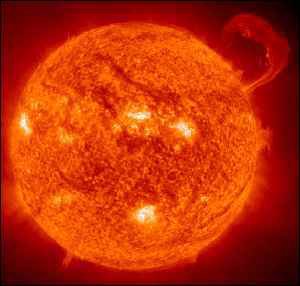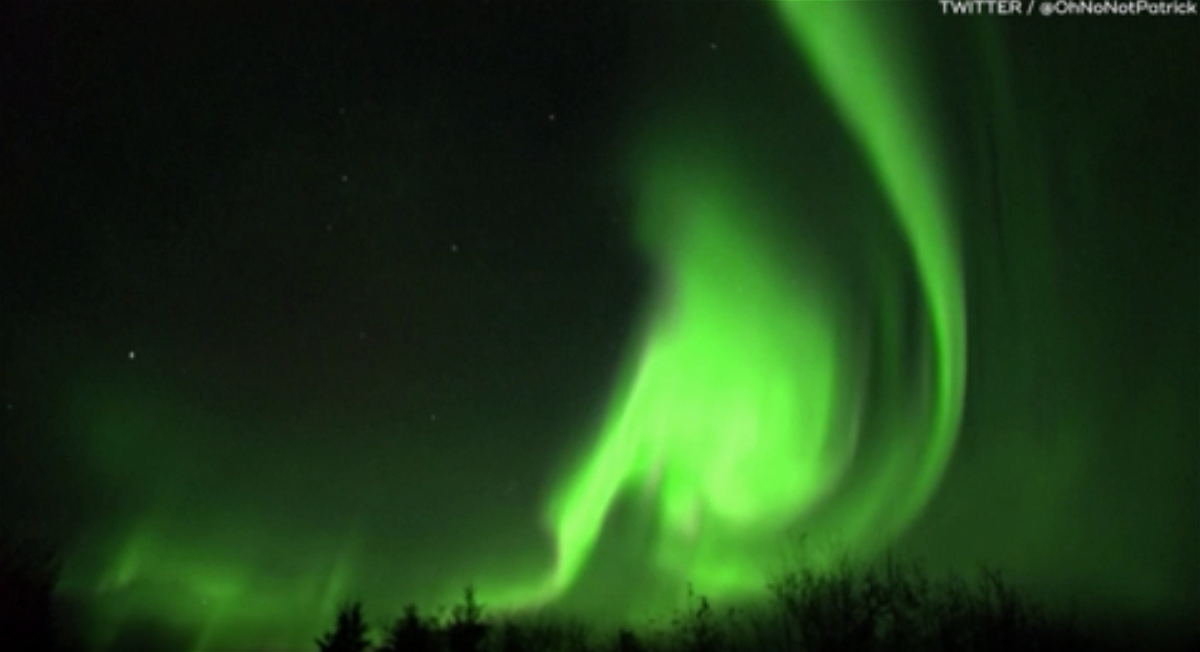Weather Insider: Geomagnetic storm strikes Earth
Over the weekend, the Space Weather Prediction Center issued a Geomagnetic Storm Watch for March 24th and 25th. This comes after a coronal mass ejection (CME for short) was detected.

A CME is a large ejection of plasma and charged particles from the sun's corona - its outermost layer. If Earth happens to be in the path of the CME, we experience a geomagnetic storm. While these storms do not usually have any physical impacts on humans, they can wreak havoc on electrical systems and high-frequency radio communications, like those used by air traffic controllers. These are not impacts our systems can't handle, so impacts are overall limited.

One of the most noticeable impacts is a change to the auroras (northern and southern lights). The geomagnetic storm causes the northern and southern lights to become more intense and can extend much farther away from the poles.

Strong geomagnetic storms extend the auroras, but even in the most intense storms, Southern California isn't able to see the amazing phenomenon. A graphic highlighting the extent of the auroras from this storm can be seen above.
